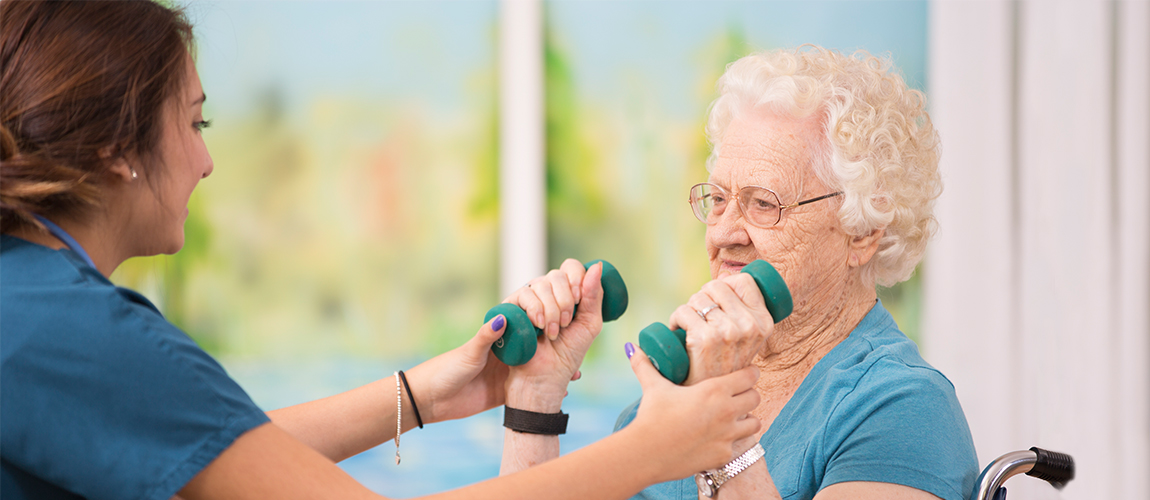You've Been Redirected.
Independence Villages is proud to be a part of the StoryPoint Group family. StoryPoint Group is a collection of award-winning senior housing communities throughout the United States.
Voted #1 In Senior Living By Those Who Matter Most. Learn More >

As we age, risks for health issues such as stroke increase. According to the Centers for Disease Control & Prevention (CDC), the risk of stroke doubles every 10 years after age 55. This makes knowing the signs of stroke (F.A.S.T.) and ways of preventing stroke very important.
May is National Stroke Awareness Month, which makes it a great time to discuss what strokes are, how you might be able to prevent them, and how to identify and help if you see someone having a stroke.

A stroke is caused by a lack of blood flow to the brain created by a clot or blockage. The lack of blood causes the brain cells to die in the surrounding area of the blockage; this is why someone having a stroke may have problems speaking, moving or may have temporary blindness.
There are five different types of strokes, with Ischemic Stroke being the most common, making up 87% of all strokes. Each has their own warning signs and risk factors. You can learn more about the various types of strokes through the American Stroke Association.
At worst, stroke can result in death or long-term health issues. However, with fast action and treatment such as administering anti-clotting medication, full recovery can be possible. Also, in some rupture cases, though risks can be high, surgery may save the life of a person undergoing a bleed.
Though there are uncontrollable risks associated with stroke such as family history and genetic conditions, many strokes are preventable. Discuss your family history and health with your doctor, who can help you identify risk factors and preventive measures that you can take.
The following five tips may help decrease your chances of having a stroke:
Begin by eating a diet focused on low-cholesterol foods, fresh fruits and vegetables, and lean meat or fish. Note: If you need tips on the right foods to eat, you can ask your doctor for a list or suggested menu to follow.
Aim to get the recommended 30 minutes of exercise, five days per week. To aid in developing a successful exercise routine, find ways to be active that you enjoy, whether that be going for a walk around your neighborhood, taking a bike ride, playing with your grandkids or taking up an active hobby such as golf.
Related: Low-impact Exercises For Seniors

Work with your doctor to find a nutrition plan that will help you maintain a healthy weight, and choose one that you can stick with over time. For motivational support, consider joining a group or challenge your friends or family members to lose weight together.
Related: Healthy Eating And Nutrition Tips For Seniors
Smoking comes with an array of negative health effects, one being high blood pressure and that can increase stroke risk. Ask your doctor about his/her recommendations for smoking cessation programs or products. After you have a plan, don’t be afraid to ask family and friends for their support to help you successfully quit.
Enjoying a glass of red wine with dinner is fine; however, if you find yourself having more than one or two alcoholic beverages a day, it may be time to cut back. Drinking to excess has been linked to increased chances of stroke and other health issues.
Recognizing the signs of stroke are just as important and as vital as taking swift action. The National Stroke Association’s acronym — F.A.S.T. — is aimed at helping you remember and recognize the signs of stroke, so that you can act FAST.
At StoryPoint, we believe continued education about the warning signs of stroke and its prevention methods is extremely important. Knowing the signs and the steps you can take to prevent a stroke may ultimately help protect you and your loved ones. In addition, following best practices for preventing stroke helps one lead a healthier overall life.
Disclaimer: This content is not a substitute for medical advice and supervision. Please consult your doctor to plan for the best stroke prevention tactics.